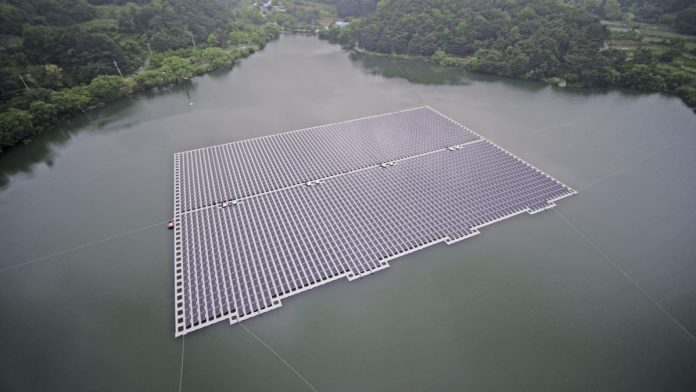The Asian Development Bank (ADB) is helping the Vietnamese government introduce an auction scheme for solar project development which was announced in early December.
The lender, which supports floating PV development in Afghanistan, Azerbaijan and the Kyrgyz Republic has issued a tender to seek consultants to help Vietnam’s Ministry of Industry and Trade (MOIT) hold the first two pilot auctions, which will be devoted to floating PV. “This experience will be used as an input to finalize the general auction framework,” the bank said in the tender document.
The first auction, planned for this year, is intended to select a company to construct a floating PV array with a generation capacity of 50-100 MW. A second procurement round, scheduled for 2021, is planned for a 300 MW project. Both plants will be located at hydro facilities belonging to the Da Mi Hydropower Joint Stock Co division of national electric utility Viet Nam Electricity (EVN).
“The advisor [selected in the tender] will work closely with the MOIT and EVN and directly support [the] ADB,” the bank stated.
Binh Thuan project
Although the tender document did not specify locations for the generation sites, the initial project is expected to be the floating power plant the ADB agreed to finance with a $37 million loan in October, which was originally set to receive a feed-in tariff (FIT) of $0.0769/kWh. That project was planned for a man-made reservoir at Da Min’s 175 MW hydropower plant in Binh Thuan province, on Vietnam’s southeastern coast.
The 300 MW floating solar facility is likely to be deployed at the Hàm Thuận Hydroelectric Power Complex, a cascade of two hydro power stations in the Hàm Thuận Bắc district of central Vietnam.
The nation’s new auction mechanism will support large scale solar projects unable to secure a FIT contract last year. In mid-December, the MOIT asked regional governments and the EVN to suspend new approvals for large scale PV projects under the FIT scheme. Some 135 projects with a combined generation capacity of 8.93 GW had been approved under the FIT program and around 4.5 GW of them came online at the end of June, when the first phase of the country’s scheme expired.






